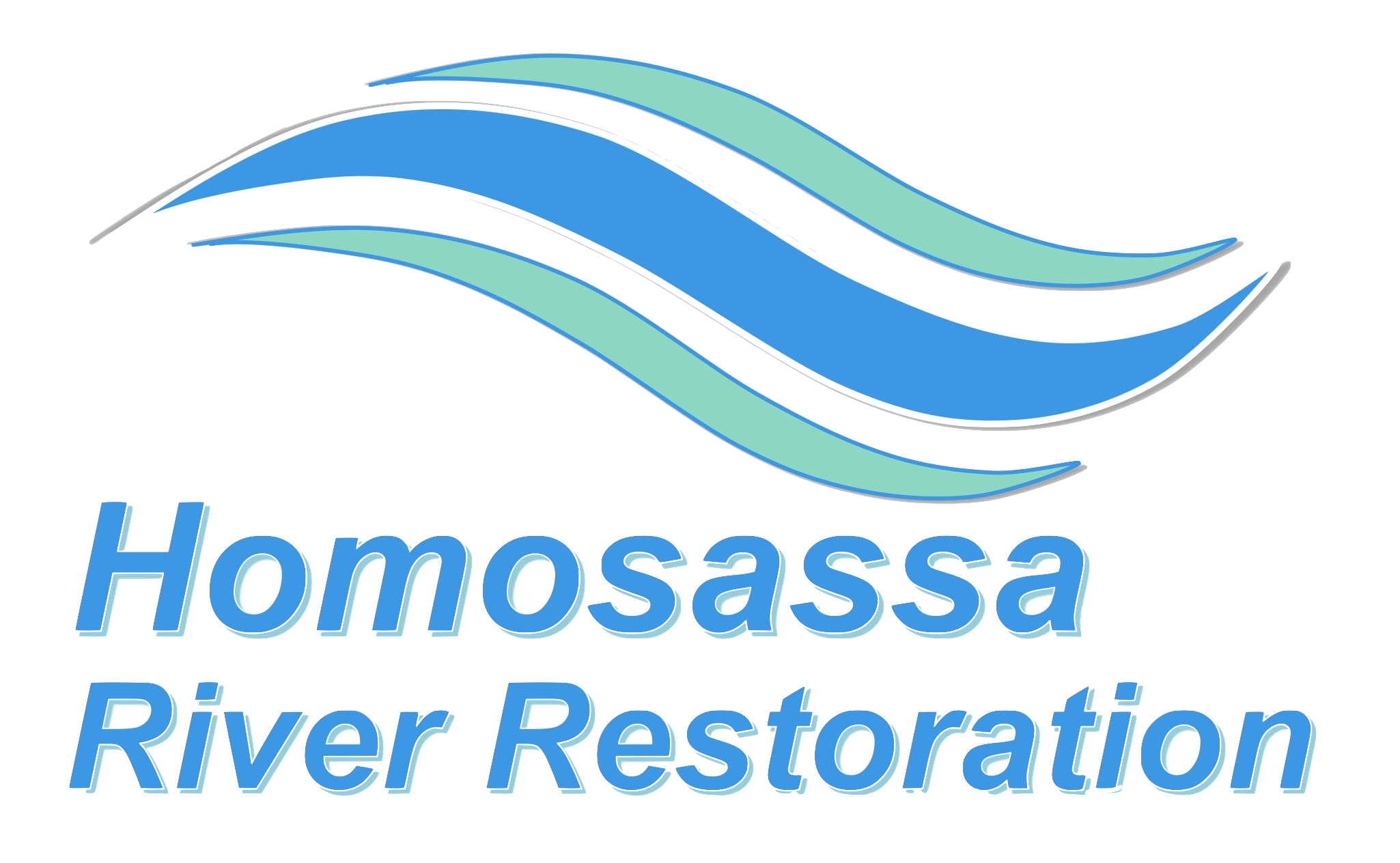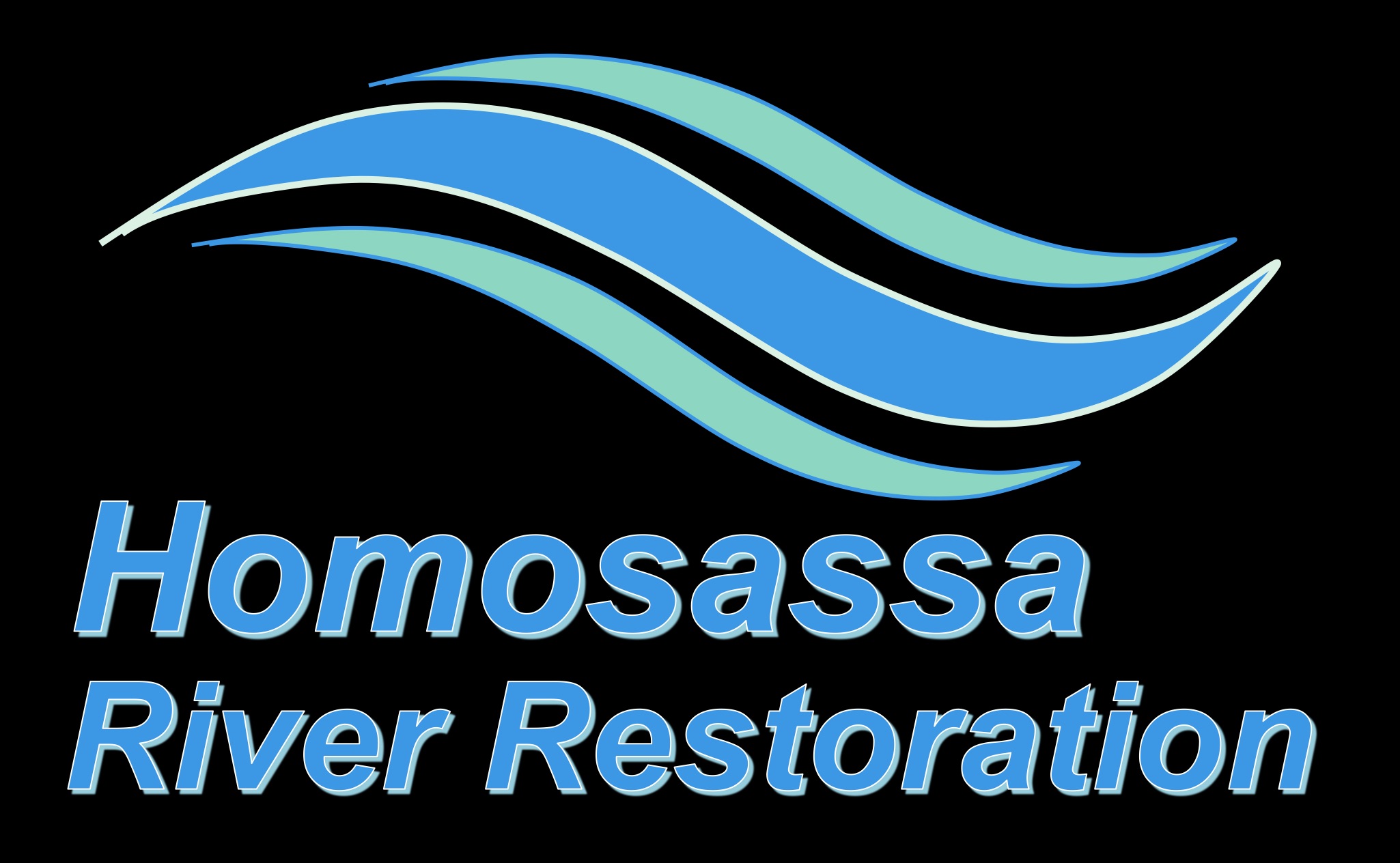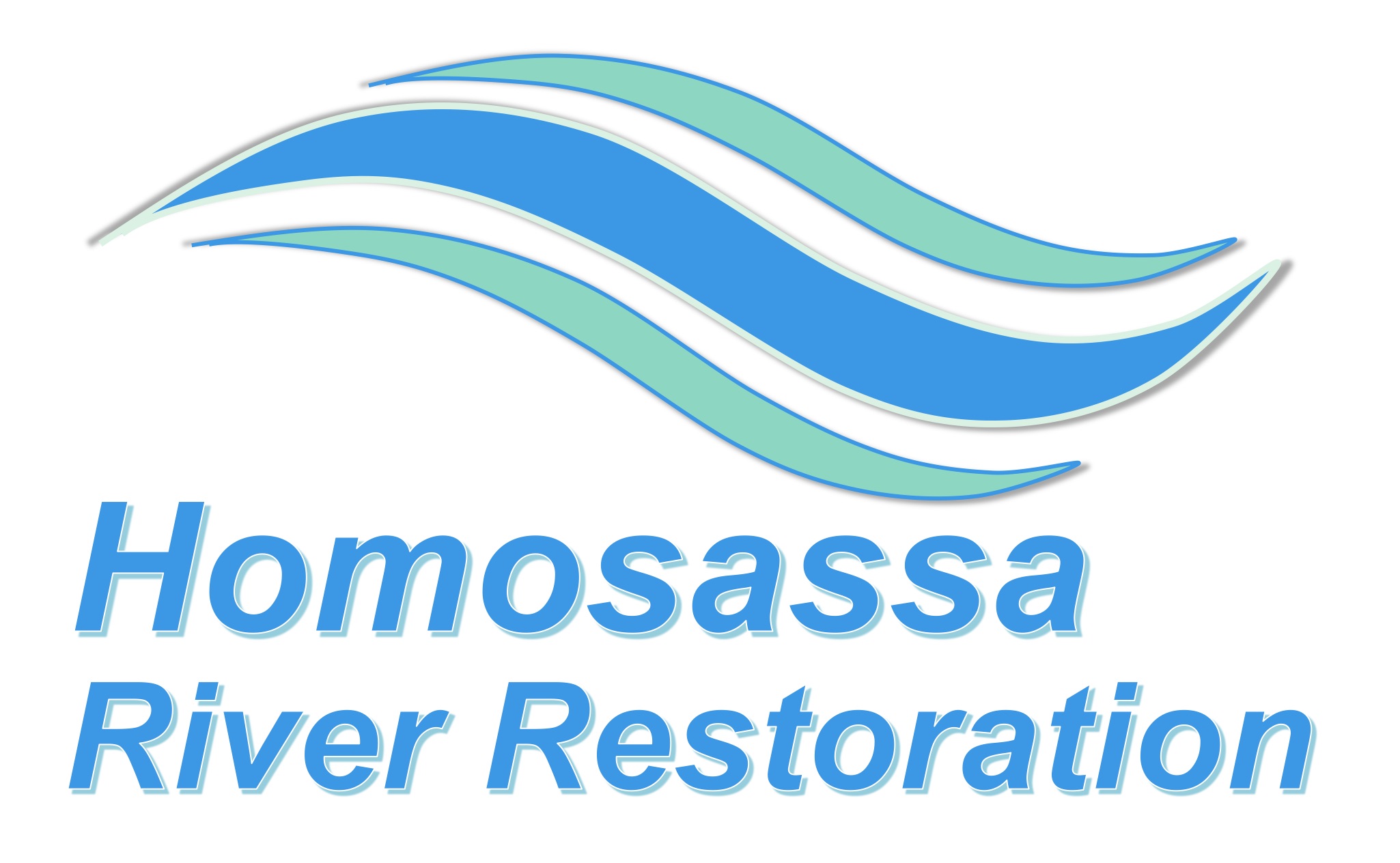A Short But Successful Beginning
November 15th began manatee season and the end of our restoration efforts for 2020. Due to FWC regulations all in-water activity had to be shut down until April 1 of next year. It was a short but very successful beginning. In just a few weeks we cleaned almost 96,000 square feet of river bottom. 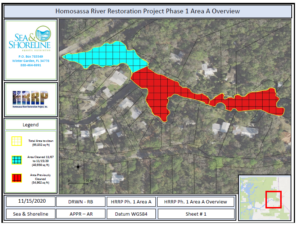 Crews removed two large dumpsters worth of logs, garbage, sticks and branches. Lyngbya and other detritus material (muck) was pumped to the worksite where it was captured in the filter bag and will be disposed of when the bag reaches full capacity. The river bottom is now sand and gravel with divers uncovering many vents which had been covered or filled with debris.
Crews removed two large dumpsters worth of logs, garbage, sticks and branches. Lyngbya and other detritus material (muck) was pumped to the worksite where it was captured in the filter bag and will be disposed of when the bag reaches full capacity. The river bottom is now sand and gravel with divers uncovering many vents which had been covered or filled with debris.
But Wait, There’s More
Removing decades worth of muck and debris as well as Lyngbya is a vital part of the restoration program but it is only the first step of the process. Yes the vacuuming makes the river bottom clean and beautiful but the goal is long term viability of the river and it’s fragile ecosystem. Cleaning the bottom is done in preparation for the next step. The re-establishment of the rivers grasses.
The successful planting of grasses in step two is what differentiates this restoration from many others tried before. It is, in fact, the most important part in our three step process. Our contractor, Sea and Shoreline, planted over 11,000 grass pods within the area cleaned.
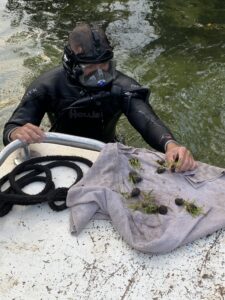
A fairly large number of those will be lost for various reasons but many will survive and begin to spread. The vacuuming gave us instant gratification but the grasses will take some patience and persistence. This step will take time to develop, perhaps a few years. Due to the water depth in the area Army Corp will not allow us to install manatee exclusion cages. Besides loosing grasses to hungry manatees there will be loses to props, anchors, feet, and of course natural causes. Many plants will survive, thrive, and begin to spread. For more information on the grasses and where they come from click here.
Please Remember
This is not Disney World. The Homosassa is not a make believe river in a tourist attraction ride. It is nature at it’s best and it’s worst. There will be wins as well as set backs as the restoration project moves forward. Save Crystal River has proven that this model of river restoration will work. This is just the beginning of a process that will take years to complete. Funding will be difficult next year. More and more people have discovered our beautiful river and that will continue to put a strain on an already stressed resource. This was never going to be easy but we will be successful. Not just for us but for our children and our children’s children as well. Continued community involvement and support will be critical to our final success.
